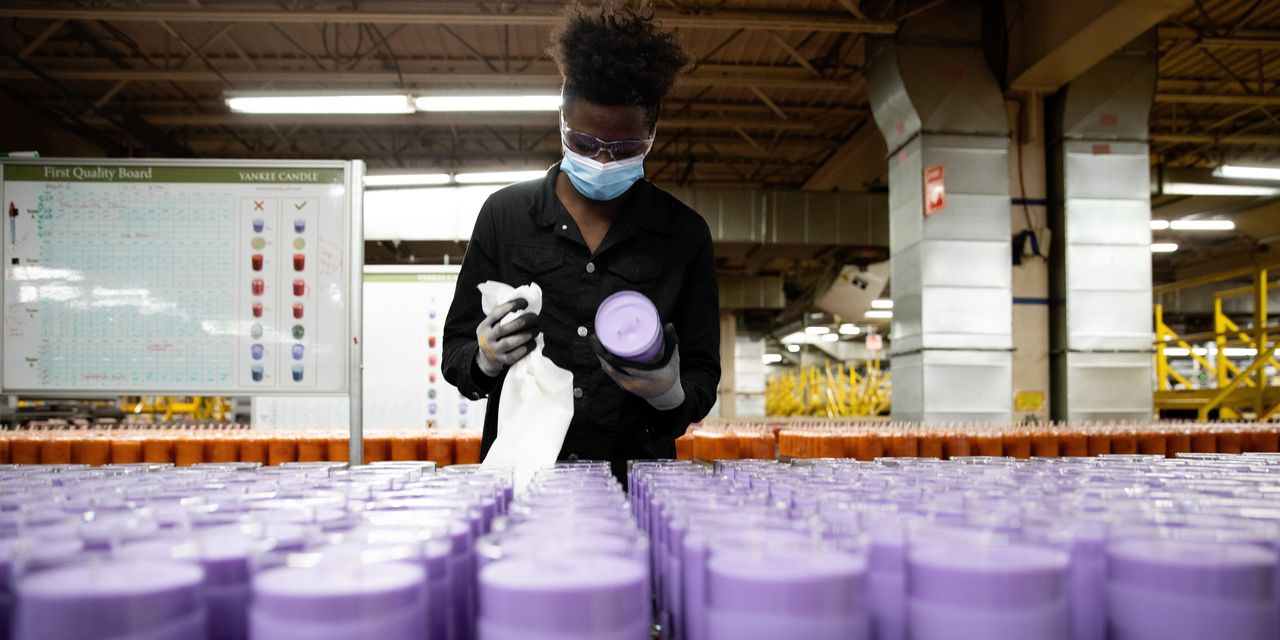Retailers and suppliers say it didn’t pay to offer products for everyone, and customers didn’t care that much when they stopped
The furniture retailer Malouf sells beds and bedding in a fraction of the colors it did a few years ago. Newell Brands, the Sharpie maker, has retired 50 types of Yankee Candle. Coca-Cola offers half as many drinks.
Covid slashed consumer choices as companies pared their offerings to ease clogs in the supply chain. The logistical mess is behind them. But many of the choices aren’t coming back.
Retailers and suppliers across industries—from groceries to health, beauty and furniture—have said that it didn’t pay to offer products for everyone, and consumers didn’t care that much when they stopped.



Right, and recognizing as you do that articles like these are part of the grift, not a separate, objectvely written report by an entity helping us understand the world, is an important lesson for today’s citizen. One very few of us know. This article wants to reframe consumer choice as flavors and colors from a monopoly, not your correct definition.
Anyone interested in how that works in this article specifically that cannot see it is welcome to pm me, i love breaking down shit like this to the point i annoy people so beware tho
I actually look at anything from Bloomberg or WSJ, among others directed toward the high-end Wall Street and finance crowd, with that presumption before I even click, especially since WSJ became a Murdoch rag and joined the propaganda empire.
A recent glaring example was the insistence on RTO and all the moralizing that went on in support of it, front page Bloomberg, when the real motivation was (and is) that downtown high-end business real estate investments were tanking because companies were starting to realize they could operate much leaner if they ditched those high rents, either temporarily or permanently. Who has a lot of wealth sunk into urban real estate? Mike Bloomberg, and others like him who decide on what goes front page, with the overt understanding that the purchasing and investment decisions of the unwashed masses will absolutely be influenced by their published stance on a given situation or investment.
It’s like a high-end pump and dump, but 100% legal, even traditional, and with slightly more finesse.
It’s a RARE day when I can read something from such a high end finance rag, ask who or what obviously benefits if I believe it, and the answer is no one.
When the 1%ers want the rest of us to believe something that will affect markets, it will be front and center in these publications.